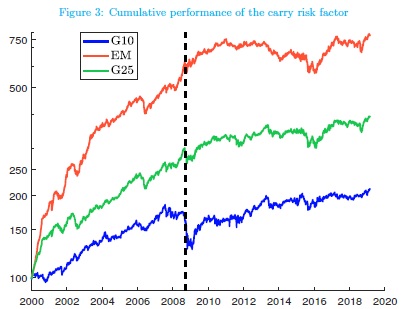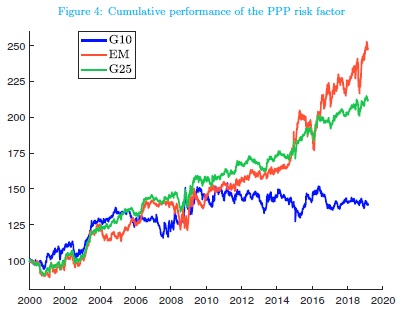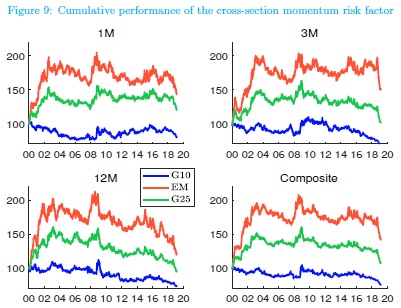The Daily Volatility of Foreign Exchange Rates and The Time of Day
The foreign exchange market (FOREX) is opened 24 hours a day, but traders from different parts of the world tend to prefer different trading hours. However, various dominant trading sessions around the globe can lead to time-dependent market characteristics. Novel research by Doman and Doman (2020) has studied how does the daily volatility of FX rates depend on the time of day of calculation. The volatility changes through the day, and the underlying dynamics depend on the time of the estimate. The results can have important implication for practitioners since the volatility differences are large enough so they can influence trading/risk management decisions.
Authors: Małgorzata Doman and Ryszard Doman
Title: How Does the Daily Volatility of Foreign Exchange Rates Depend on the Time of Day at Which the Daily Returns Are Calculated?




